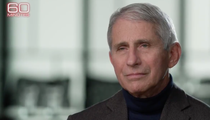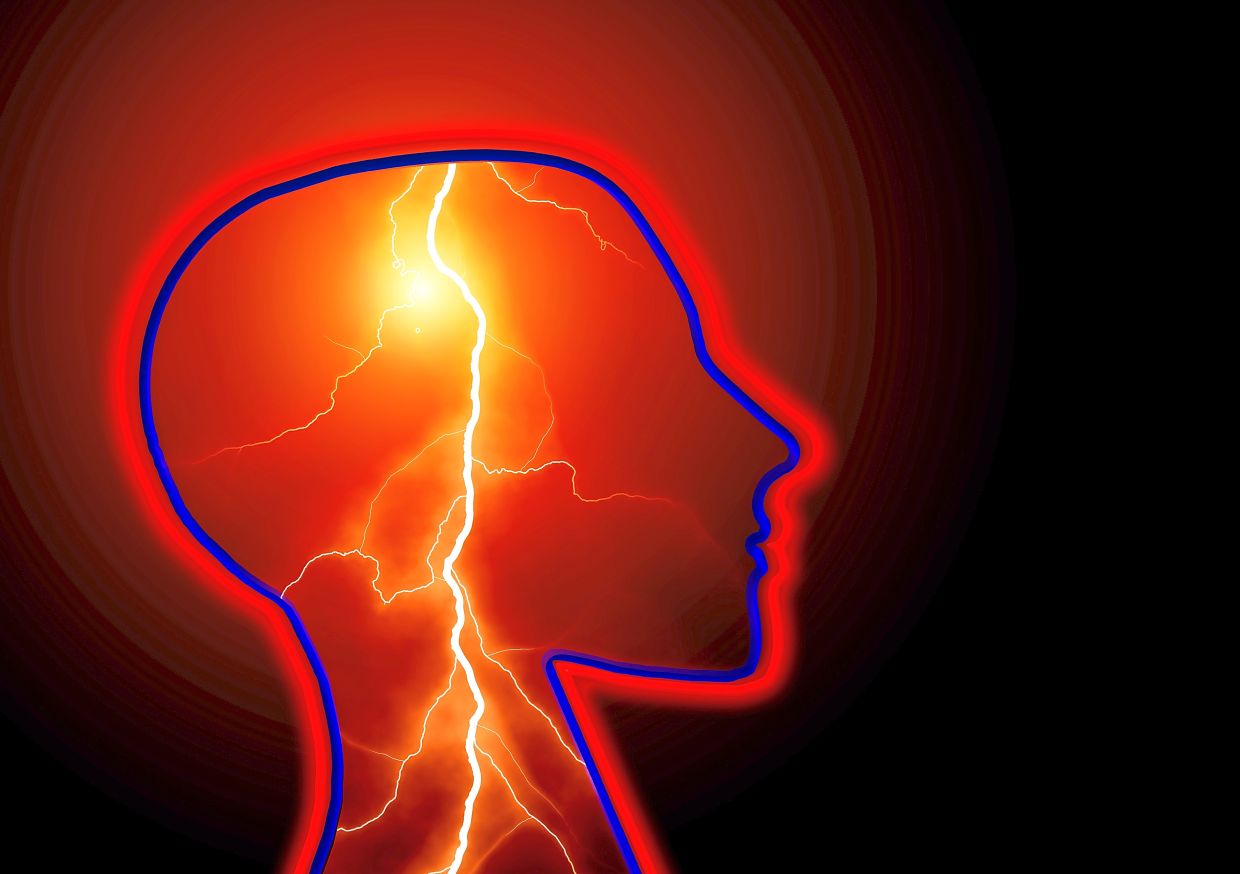

Experts: Govt should launch awareness campaign to be transparent on safety
To allay concerns brought about by anti-vaxxers, health experts suggest that the government come up with a campaign to educate Malaysians on the safety of Covid-19 vaccines. The National Council on Islamic Affairs has given the go ahead for inoculation.
Health experts are urging the government to come up with a vaccination awareness campaign now to alleviate public fears and concerns over the Covid-19 vaccine with the arrival of the first batch by February.
Universiti Malaya expert virologist Prof Dr Sazaly Abu Bakar said through a campaign, the government should explain how the vaccine actually works.
“What we do not want is the ripple effect after this in which not only the Covid-19 vaccine is affected but also vaccines for other infectious diseases which we have been using for eons.
“Anti-vaxxers are trying to sow distrust on vaccines. It is not just about the Covid-19 vaccine but their aim will be affecting all the other childhood disease vaccinations which is not good,” he said when contacted yesterday.
He explained that a vaccine can only enter the country after the National Pharmaceutical Regulatory Agency ( NPRA) approves it although the government has made allocations to purchase the vaccine.
“The vaccine cannot be brought in and distributed to the people until the NPRA has verified that it is safe to use.
“The rakyat should not be concerned about all these other issues that are non-scientific, non-science-based and non-data-based. What the rakyat should know is that there are different platforms for different vaccines.
“This is good because that means the government is giving us the option of choosing which vaccine we want to take eventually as there are people who are allergic to certain components of a vaccine. Maybe when one vaccine is not suitable, another one is suitable,” he said.
So far, the Health Ministry had implemented a nationwide survey to gauge the interest of Malaysians in getting the Covid-19 vaccine.
It was also announced that Prime Minister Tan Sri Muhyiddin Yassin would be among the first to take the vaccination.
Universiti Putra Malaysia medical epidemiologist Assoc Prof Dr Malina Osman said proper policy and regulation is needed to handle vaccine skeptics and anti-vaxxers.
“Once we have bold scientific evidence on the effectiveness and safety of the vaccine, the gazettement under the law should be carried out to disallow those who have no authority to talk against the vaccine, and there should also be provision on an appropriate punishment for those who talk ‘nonsense’ about the vaccine,” she said.
“In the Muslim community, the issue on whether the vaccine is halal or not have been raised by those who reject the vaccine. This group provides isolated evidence against the decree by recognised religious scholars towards acceptance of the treatment from the Islamic point of view,” she said.
Prof Dr Moy Foong Ming, from Universiti Malaya Faculty of Medicine’s Department of Social and Preventive Medicine, concurred that a vaccination campaign should be set up while also being transparent on the safety, side effects and efficacy of the vaccine.
“The government should be transparent on the safety, side effects and efficacy of the vaccine. The total uptake and among subgroups of vaccination should also be presented to the public.
“The media should publish equally on information of the efficacy and safety as well as the side effects of the vaccine.
“Clear explanation of why the side effects happen, who are the high-risk groups and what are the chances of a side effect that will happen should be presented to alleviate people’s fears,” she said, adding that relevant government agencies should address religious concerns.
Dr Moy added that highlighting the fact that “all vaccines and medicines have some side effects, including Covid-19 vaccine” should be emphasised to the public.
Related:

Turkey says COVID-19 vaccine from China's Sinovac 91.25 effective | |
Health Ministry looking to evaluate Pfizer vax within 90 days
Covid-19: 1,348 more cases as we near 100k mark, death toll now at 444
Covid-19: Cases up by 1,348, bringing total to 98,737 (updated daily)
KJ: M’sia signed non-disclosure deal with vaccine makers
Covid-19 vaccination allowed under Islamic rules, says Zulkifli
KJ: M’sia signed non-disclosure deal with vaccine makers
Not all face masks are created equal — 7 things to consider…
Happy holidays to these preemie babies who are sleighing’ their first Christmas!
https://youtu.be/MgLCFo9anu4
Related posts:



























